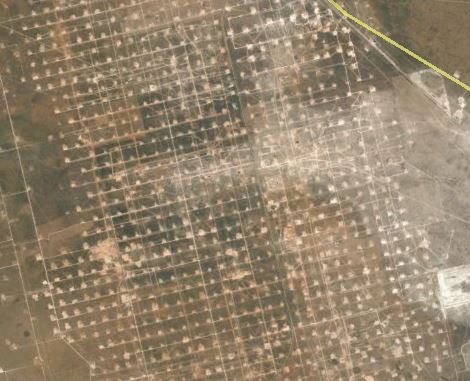In January, the El Paso Court of Appeals decided the appeal of Lazy R. Ranch, LP, et al. vs. ExxonMobil Corporation. The court reversed a summary judgment in favor of Exxon and remanded the case to the trial court for a trial on the merits. Exxon has asked the Texas Supreme Court to review the El Paso Court’s decision. Exxon argues that it has conclusively proven that Lazy R’s claims are barred by limitations.
The Lazy R Ranch is 20,000 acres in Ector, Crane, Ward and Winkler Counties. Exxon had operations on the ranch for many years. In 2009, the Ranch hired an environmental firm to investigate several sites on the property for oil-related contamination. The environmental firm found substantial hydrocarbon contamination at five sites, and found that at one of the sites the contamination had percolated down into the groundwater and that contamination at the other sites also posed a risk of leaching down into the groundwater. Lazy R sued Exxon for an injunction to require Exxon to take sufficient steps to prevent further spread of the contamination into the subsurface and groundwater.
The trial court ruled that the Ranch had waited too long to sue and dismissed its claims. The El Paso Court of Appeals reversed, holding that the statute of limitations does not apply because the Ranch is only suing for an injunction to require Exxon to abate a continuing nuisance, the spread of hydrocarbon contamination into the subsurface.
 Oil and Gas Lawyer Blog
Oil and Gas Lawyer Blog


